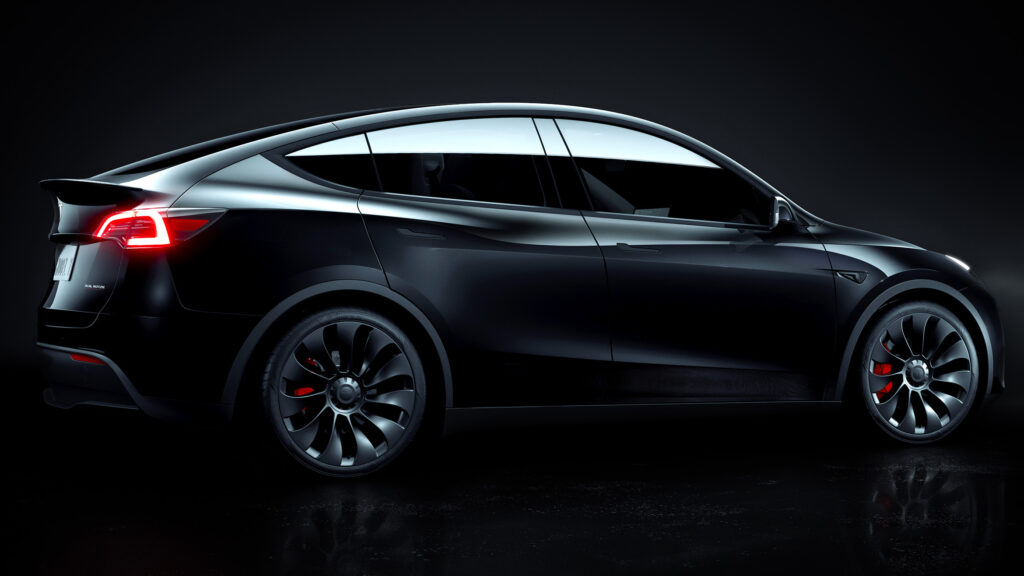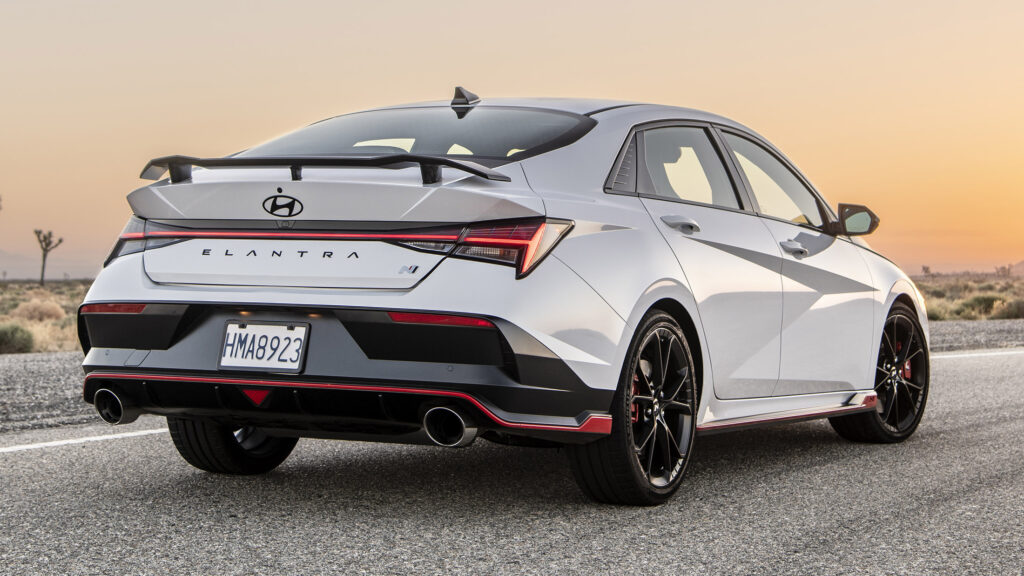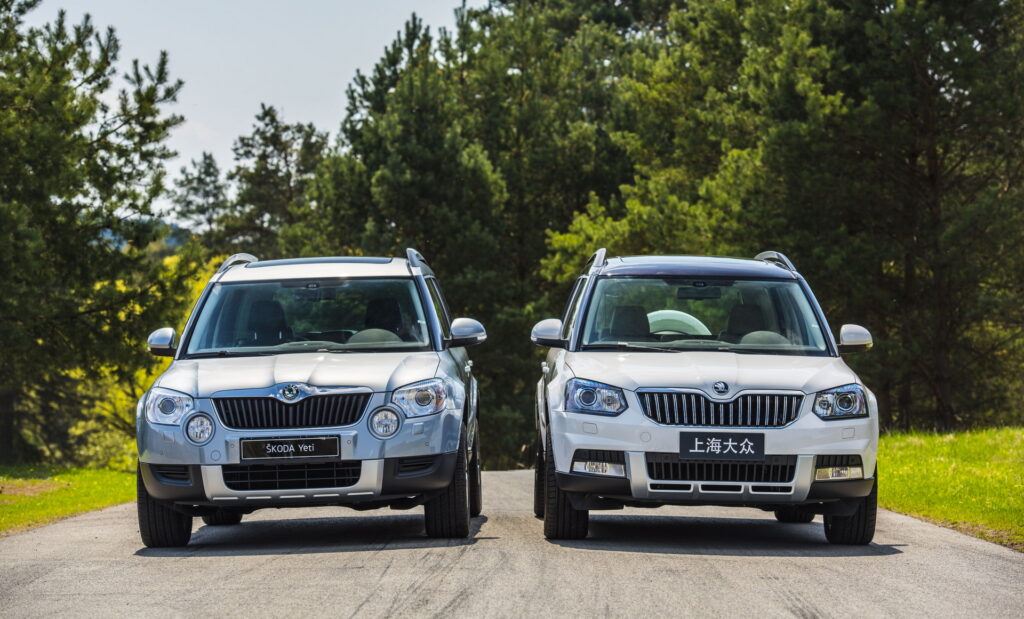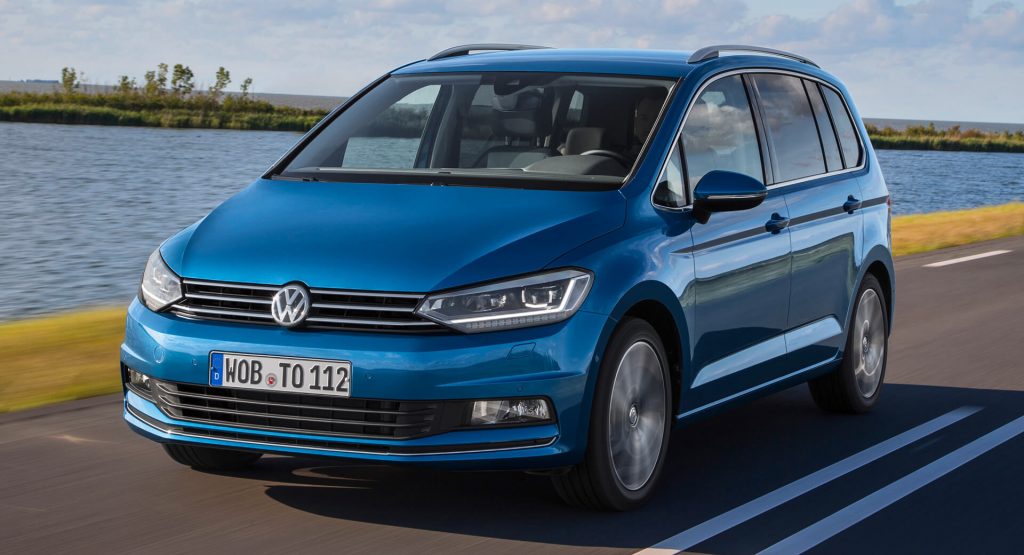Dacia’s Most Popular SUV Is Going Electric Soon

- Dacia will launch an electric Duster sold alongside existing gas and hybrid models.
- The electric SUV is expected to use the CMF-BEV platform with available 4×4.
- Design changes to the electric Duster are expected to be minimal to cut costs.
Dacia is preparing to broaden its electric horizons in the coming years, gradually expanding beyond its sole EV offering, the Spring. The Romanian automaker plans to introduce electric powertrain options across its lineup, including the ever-popular Duster SUV.
The fully electric version is expected to keep the rugged spirit of its combustion and hybrid counterparts, while continuing Dacia’s mission of offering affordable vehicles.
More: Which Budget Small SUV Deserves Your Money, The Dacia Duster Or The Jeep Avenger?
According to a report from Autocar, CEO Denis Le Vot confirmed that an electric Duster “will come in time,” though he didn’t provide a launch date. More specifics on the brand’s electrification roadmap are expected during a special event scheduled for November.
Electric Duster Likely to Use CMF-BEV Platform
The upcoming electric Duster is likely to be based on the CMF-BEV architecture, also known as AmpR Small. This platform already underpins the Renault 5 and 4, and will also be used for upcoming EVs from Nissan, including the new Micra and Juke. Its flexibility in supporting both front- and all-wheel-drive configurations makes it well-suited to the Duster’s mission.
Dacia intends to adopt the same platform across its full EV lineup moving forward. On paper, this seems like a straightforward transition, since the CMF-BEV is an evolution of the existing CMF-B platform already used for the brand’s ICE and hybrid models, including the Sandero, Jogger, Duster, and Bigster.
The shared components between the two platforms could make it possible for Dacia to produce future EVs alongside their combustion-engine counterparts in the same factories, helping to keep manufacturing costs down.
Design Changes Expected to Be Minimal

At the moment we don’t know whether the electric Duster will deviate from the design of the current ICE-powered model. However, judging from Dacia’s focus on reducing costs, we can assume that the styling updates won’t be radical. After all, the third-gen Duster was introduced in late 2023, so it still looks fresh.
When it arrives, the Duster EV will face competition from a growing list of compact electric SUVs. Key rivals will include the mechanically related Renault 4 E-Tech, the upcoming Fiat Grande Panda 4×4, the Jeep Avenger, and the Suzuki e-Vitara and Toyota Urban Cruiser electric twins.
More: Dacia Working On New Sub-€18k EV For Europe
Before the Duster gets an EV option, Dacia will introduce an electric variant of the Sandero supermini in 2027, alongside an affordable urban EV that will serve as a replacement to the smaller Spring. Furthermore, the automaker is working on two new ICE-powered compact models that will join the Bigster at the top of the lineup, initially offered with gasoline and hybrid powertrain options.
The ICE-powered Duster Is Here To Stay
It is worth noting that the Duster EV will not serve as a successor to the current model that is available with gasoline, LPG, and hybrid powertrains and is expected to survive well into the 2030s.
Recent reports suggested that the hybrid Duster will soon get a new 4×4 version featuring an electrified rear axle, similar to the rival Jeep Avenger 4Xe. After all, Europe’s ICE ban won’t be applied before 2035, so there’s plenty of time for new and updated offerings.











































